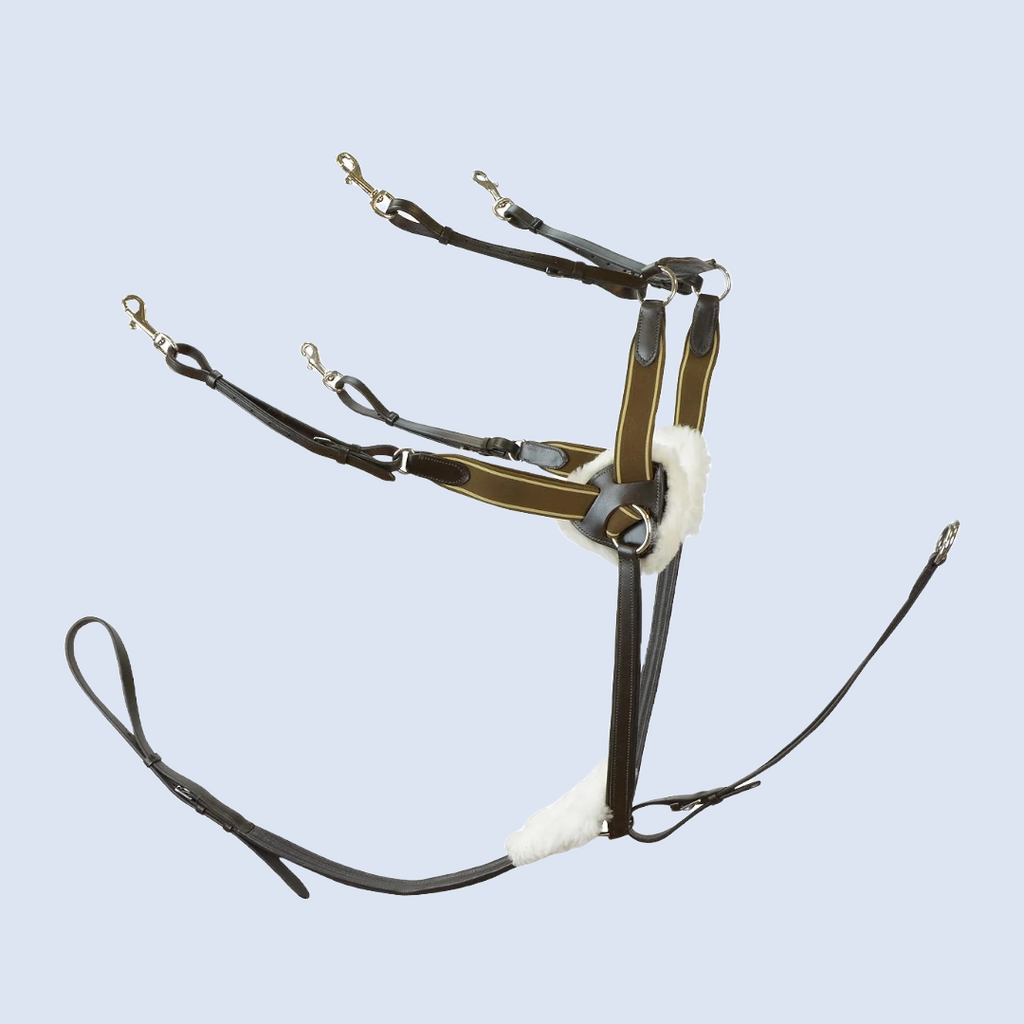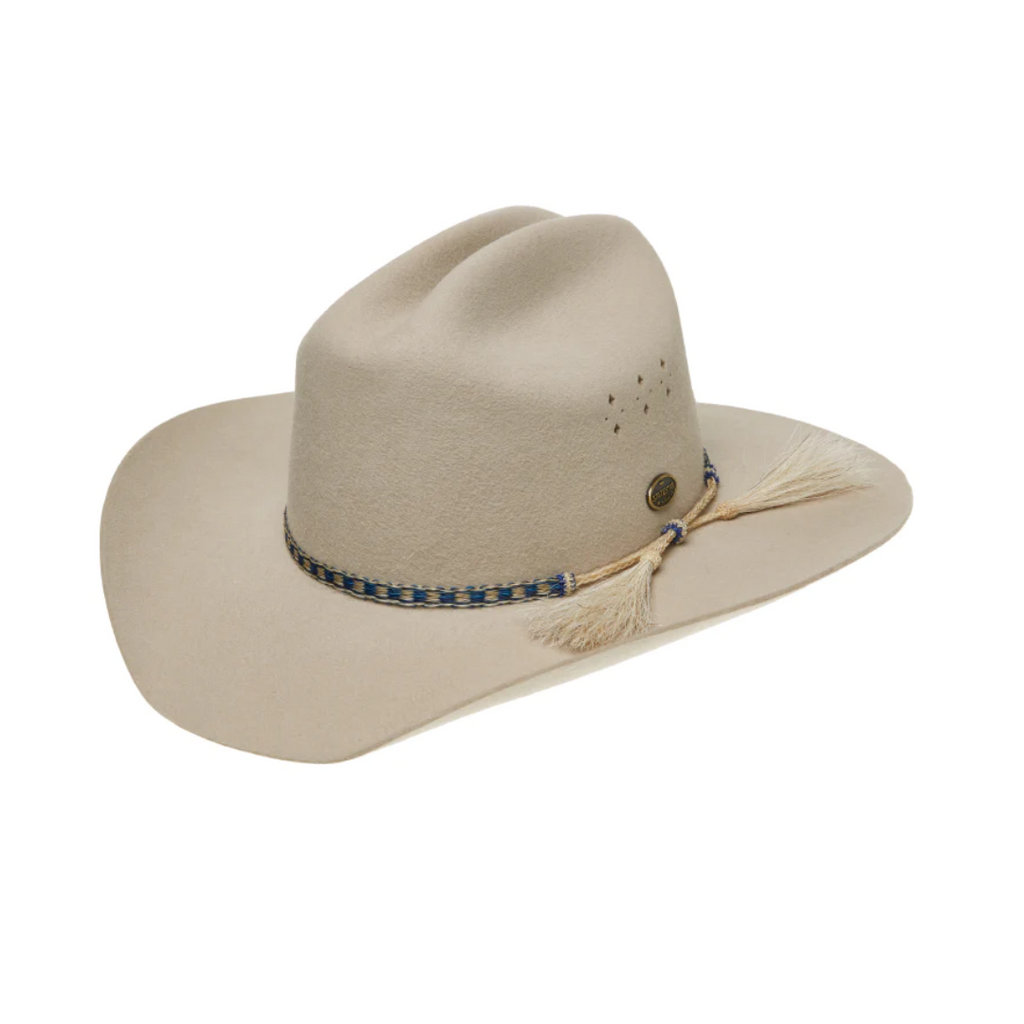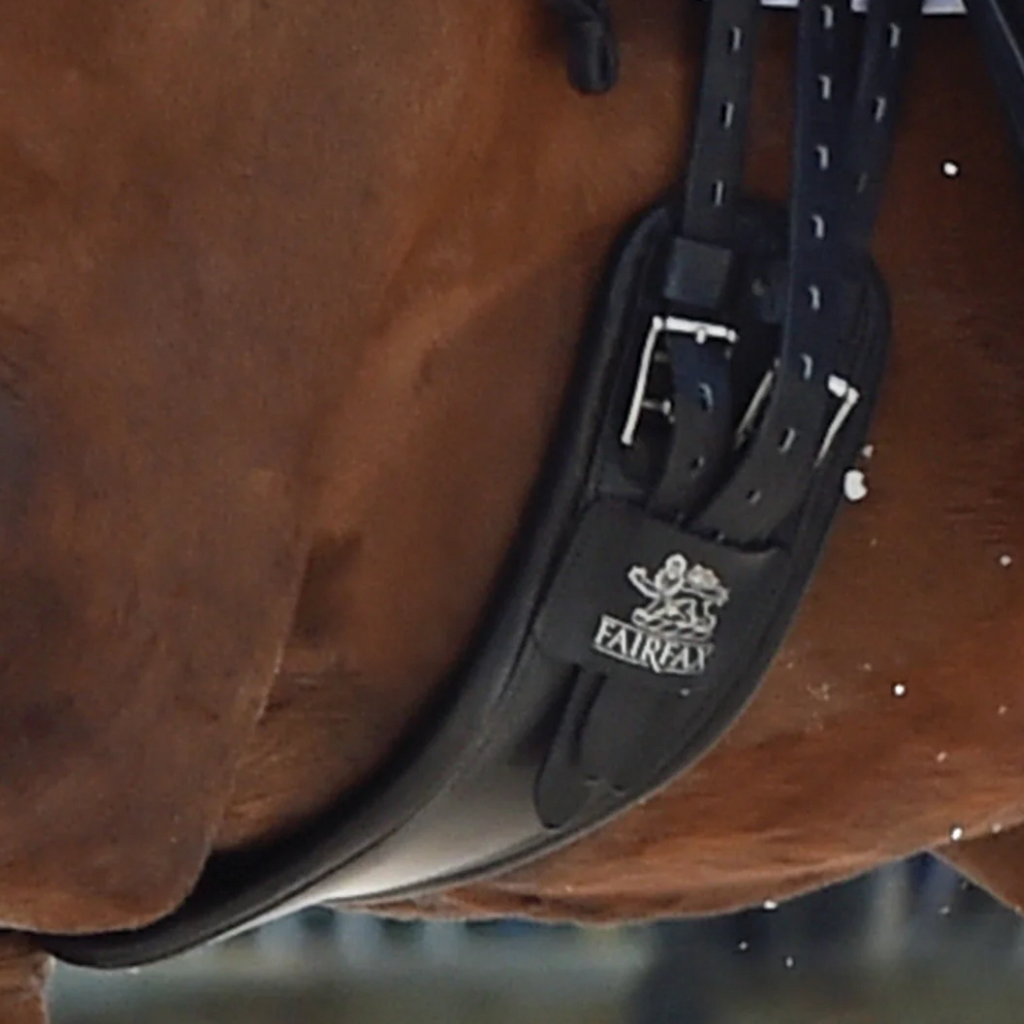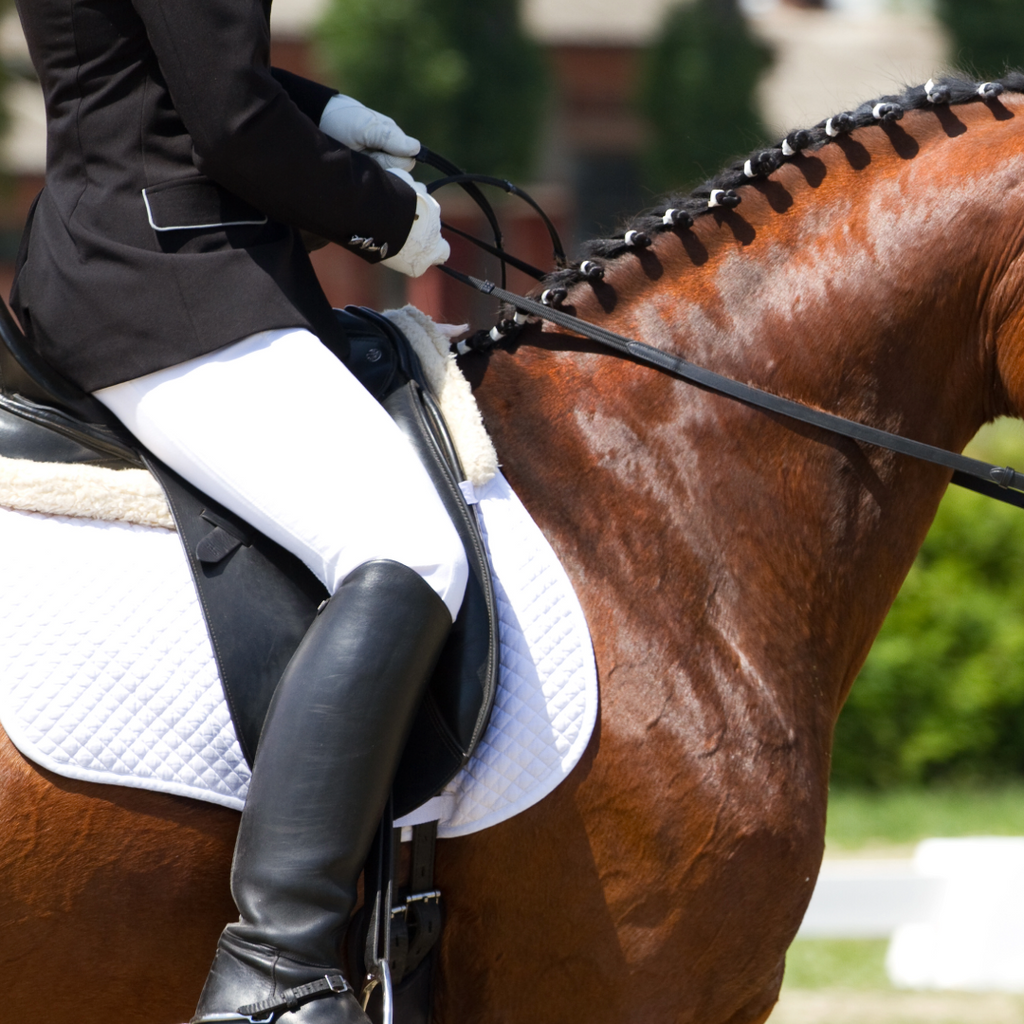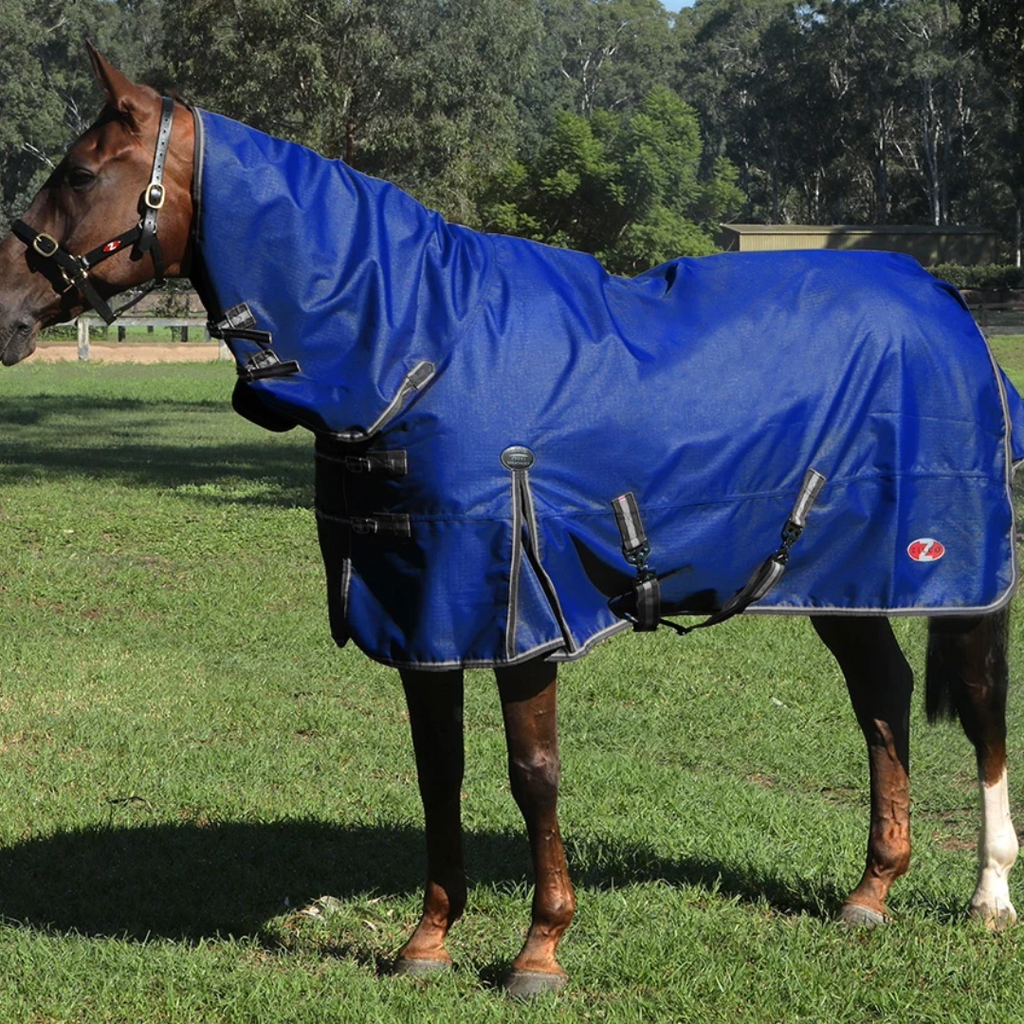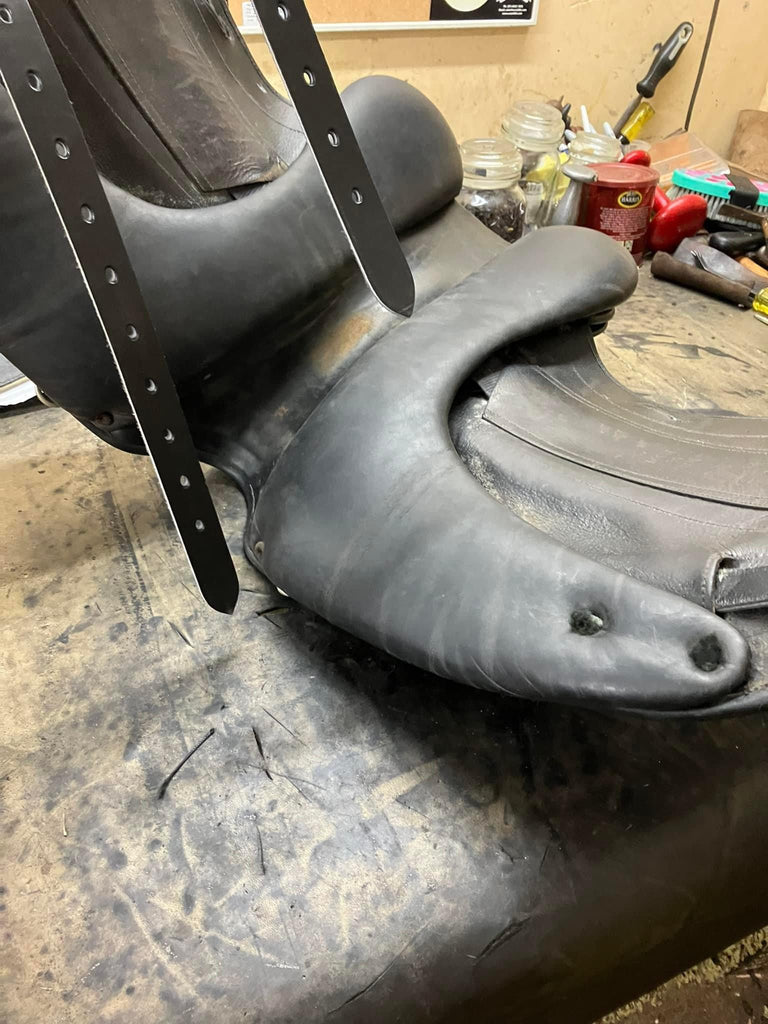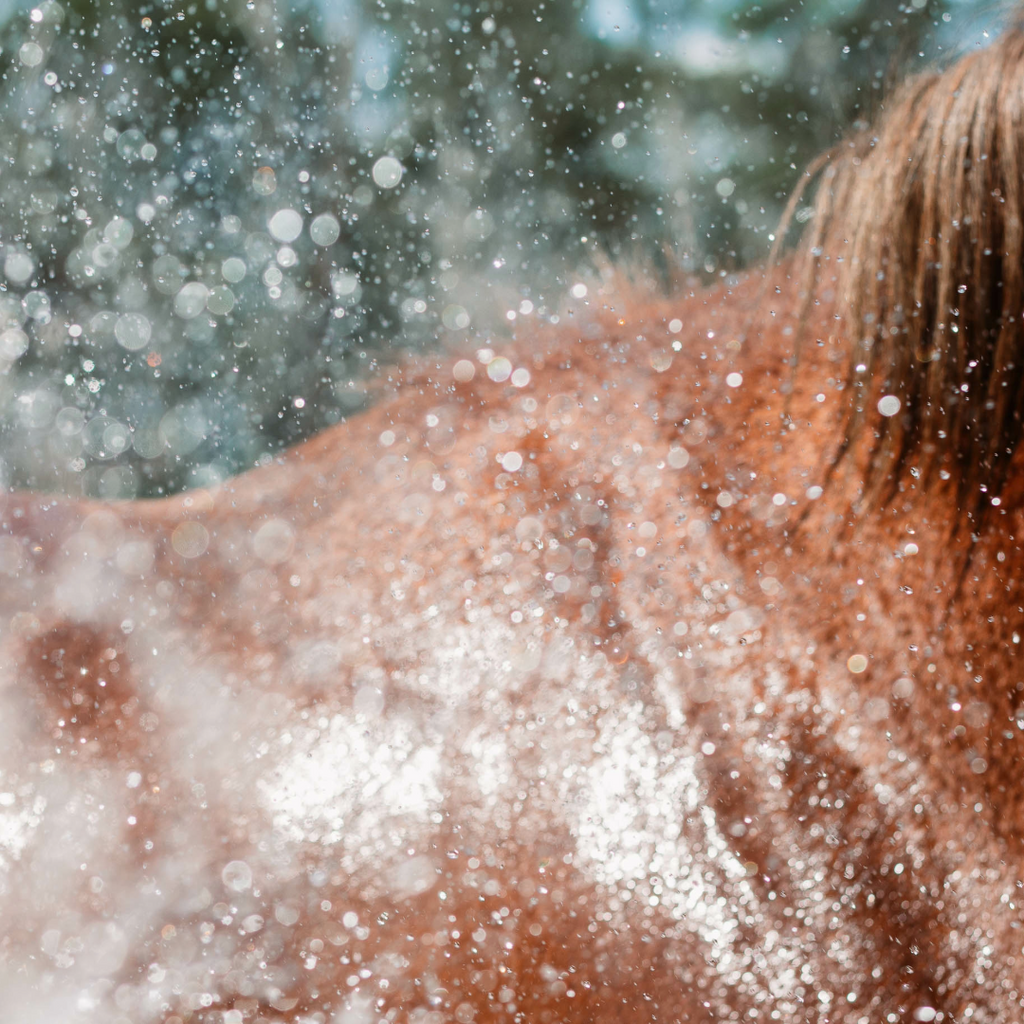Five Point Breastplate
Enhance Your Horse's Comfort and Performance with a 5-Point Breastplate
Whether you're a seasoned equestrian or just starting out, you're likely aware of the importance of proper tack in ensuring your horse's comfort and performance. Among the various pieces of equipment available, a 5-point breastplate stands out for its ability to provide stability, distribute pressure evenly, and enhance your horse's overall well-being. In this blog, we'll delve into the benefits of using a 5-point breastplate and why it's a valuable addition to your tack collection.
What is a 5-Point Breastplate?
Before we dive into its benefits, let's clarify what a 5-point breastplate is. Essentially, it's a piece of tack designed to secure the saddle in place and distribute pressure evenly across the horse's chest. Unlike traditional breastplates, which typically have three attachment points (a central strap and two side straps), the 5-point breastplate has five attachment points. These include the central strap, two side straps, and two additional straps that attach to the girth.
Benefits of a 5-Point Breastplate:
1. Enhanced Stability: One of the key benefits of a 5-point breastplate is its ability to provide superior stability to the saddle. By distributing pressure across five points rather than just three, it minimizes the risk of the saddle shifting or slipping during riding, especially during activities like jumping or galloping. This stability not only enhances your confidence as a rider but also improves your horse's comfort by preventing the saddle from rubbing or pinching.
2. Even Pressure Distribution: Uneven pressure distribution can lead to discomfort and even injury for your horse. A 5-point breastplate helps to distribute pressure evenly across the chest, shoulders, and back, reducing the risk of soreness and muscle fatigue. This is particularly beneficial for horses with high-withered or narrow builds, as it prevents the saddle from putting excessive pressure on sensitive areas.
3. Improved Freedom of Movement: Unlike some traditional breastplates that may restrict the horse's shoulder movement, a well-fitted 5-point breastplate allows for greater freedom of movement. The additional straps that attach to the girth help to stabilize the saddle without limiting the horse's range of motion, allowing it to move more freely and comfortably.
4. Versatility: Whether you're a show jumper, eventer, or pleasure rider, a 5-point breastplate is a versatile piece of equipment suitable for various disciplines. Its stability and even pressure distribution make it an excellent choice for activities that involve jumping, galloping, or riding over rough terrain. Additionally, many 5-point breastplates feature adjustable straps, allowing you to customize the fit to suit your horse's conformation and riding style.
5. Prevention of Saddle Slippage: Saddle slippage is a common issue, particularly when riding on uneven terrain or when a horse has a rounder build. A 5-point breastplate helps to anchor the saddle in place, reducing the risk of it sliding back or sideways. This not only improves your stability as a rider but also prevents discomfort and potential accidents caused by an unstable saddle.
Investing in a 5-point breastplate is a smart choice for any rider looking to enhance their horse's comfort, stability, and performance. By providing superior stability, even pressure distribution, and freedom of movement, a 5-point breastplate helps to ensure that both you and your horse can enjoy a safe and enjoyable ride, whether you're competing in the arena or exploring the trails. With its versatility and benefits, it's no wonder that the 5-point breastplate has become a popular choice among riders of all levels. Saddle slippage is a common issue, particularly when riding on uneven terrain or when a horse has a rounder build. A 5-point breastplate helps to anchor the saddle in place, reducing the risk of it sliding back or sideways. This not only improves your stability as a rider but also prevents discomfort and potential accidents caused by an unstable saddle.

